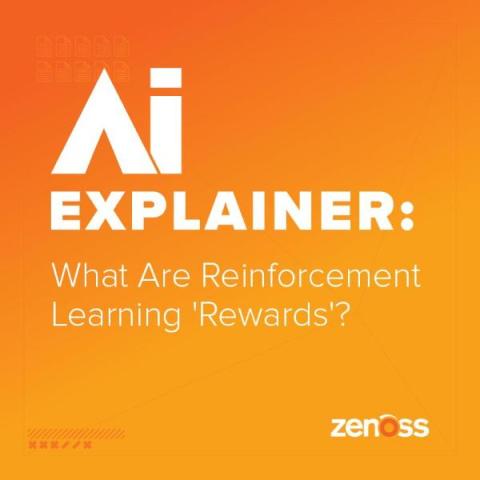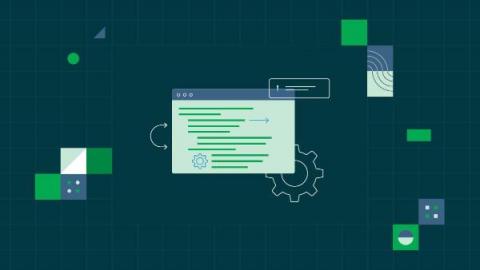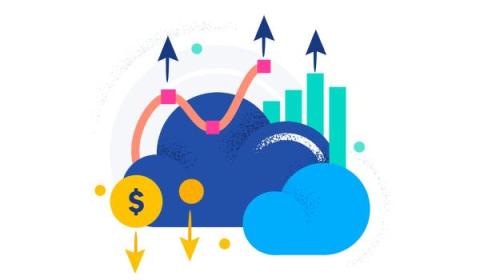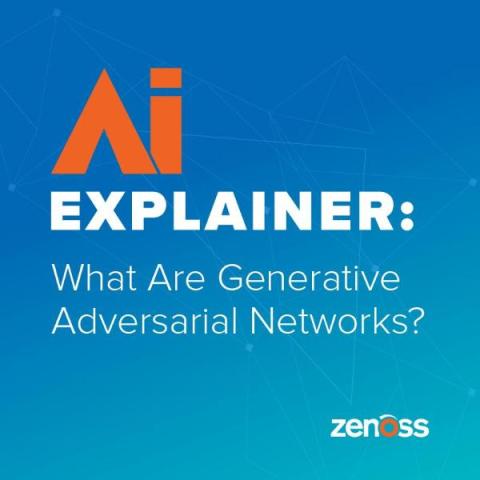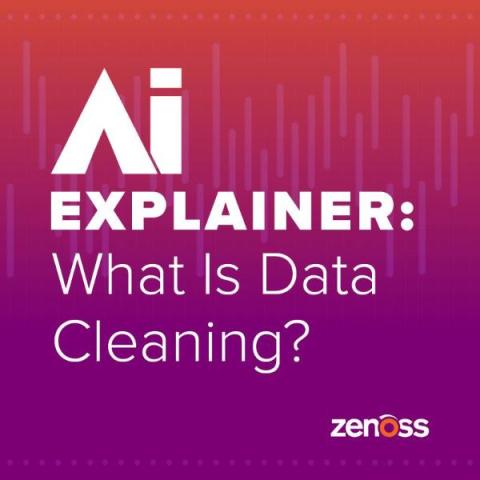Operations | Monitoring | ITSM | DevOps | Cloud
AI
LM Co-Pilot: Your AI Co-Pilot for the Magical Streamlining of IT and Cloud Operations
Elasticsearch and LangChain collaborate on production-ready RAG templates
For the past few months, we’ve been working closely with the LangChain team as they made progress on launching LangServe and LangChain Templates! LangChain Templates is a set of reference architectures to build production-ready generative AI applications. You can read more about the launch here.
Build and evaluate LLM-powered apps with LangChain and CircleCI
Generative AI has already shown its huge potential, but there are many applications that out-of-the-box large language model (LLM) solutions aren’t suitable for. These include enterprise-level applications like summarizing your own internal notes and answering questions about internal data and documents, as well as applications like running queries on your own data to equip the AI with known facts (reducing “hallucinations” and improving outcomes).
Quantifying the value of AI-powered observability
Organizations saw a 243% ROI and $1.2 million in savings over three years In today’s complex and distributed IT environments, traditional monitoring falls short. Legacy tools often provide limited visibility across an organization’s tech stack and often at a high cost, resulting in selective monitoring. Many companies are therefore realizing the need for true, affordable end-to-end observability, which eliminates blind spots and improves visibility across their ecosystem.
AI Explainer: What Are Generative Adversarial Networks?
The role of LLMs in enterprise IT feat. Ganesh "Bill" Chellappa
The future with large language models (LLMs) feat. Ramprakash Ramamoorthy
Top tips: 3 surprising ways generative AI can boost your data analysis
Top tips is a weekly column where we highlight what’s trending in the tech world and list ways to explore these trends. When you think about generative AI, what instinctively comes to your mind is content and image generation. But, in this week’s Top tips column, let’s look at a less-explored facet of generative AI: data analytics. There are a lot of conversations about data and its benefits.


